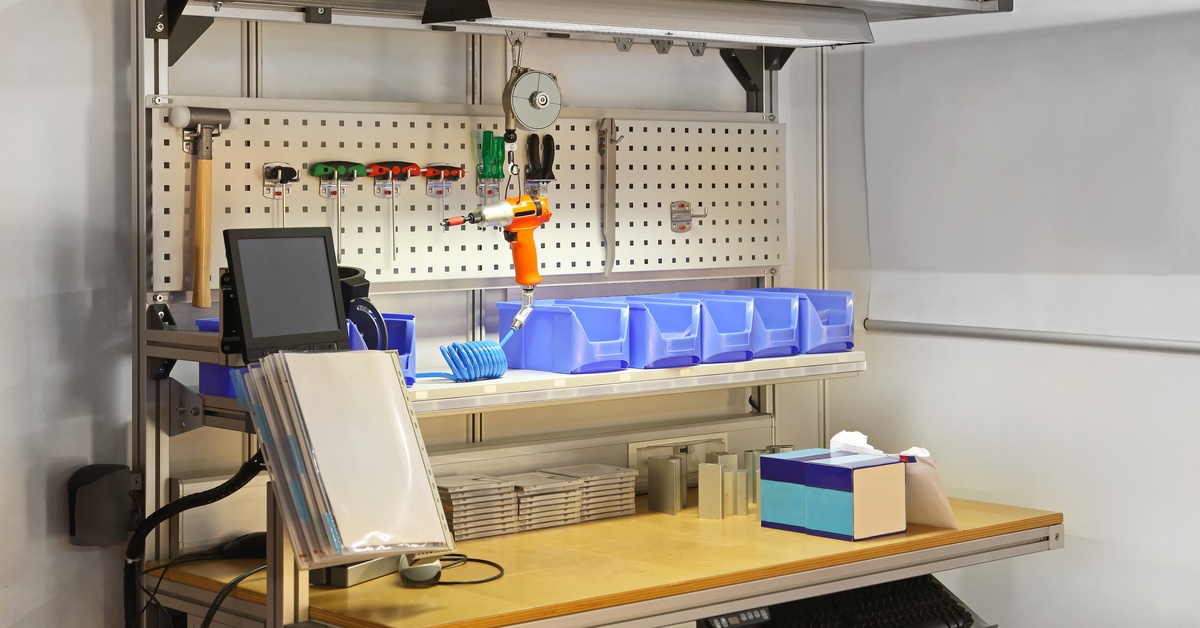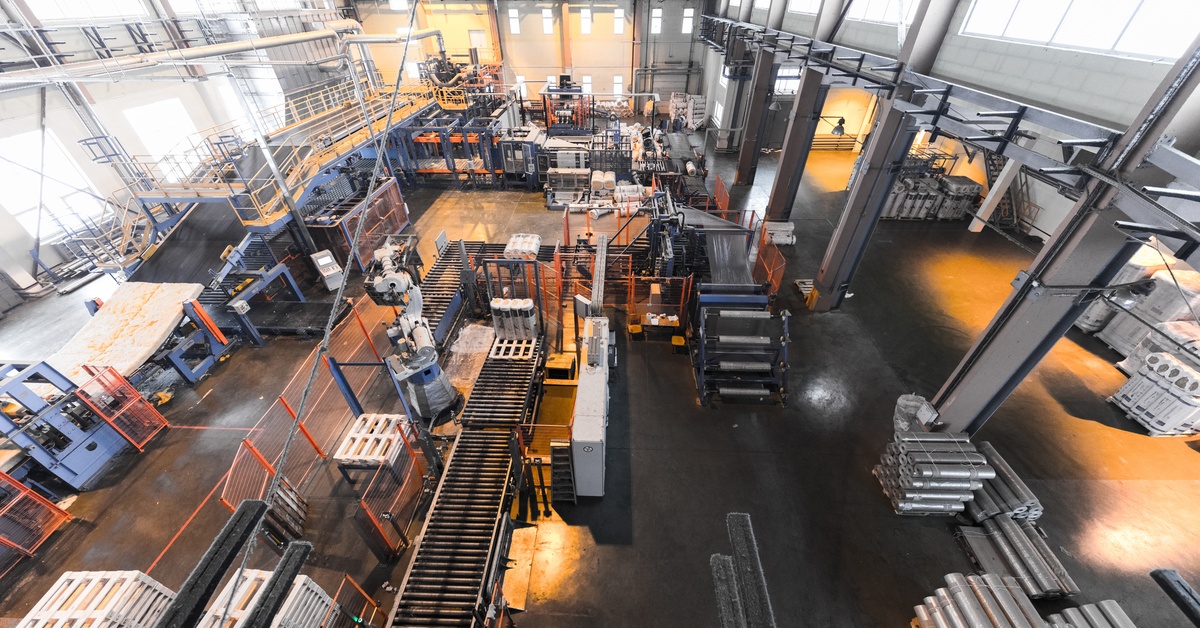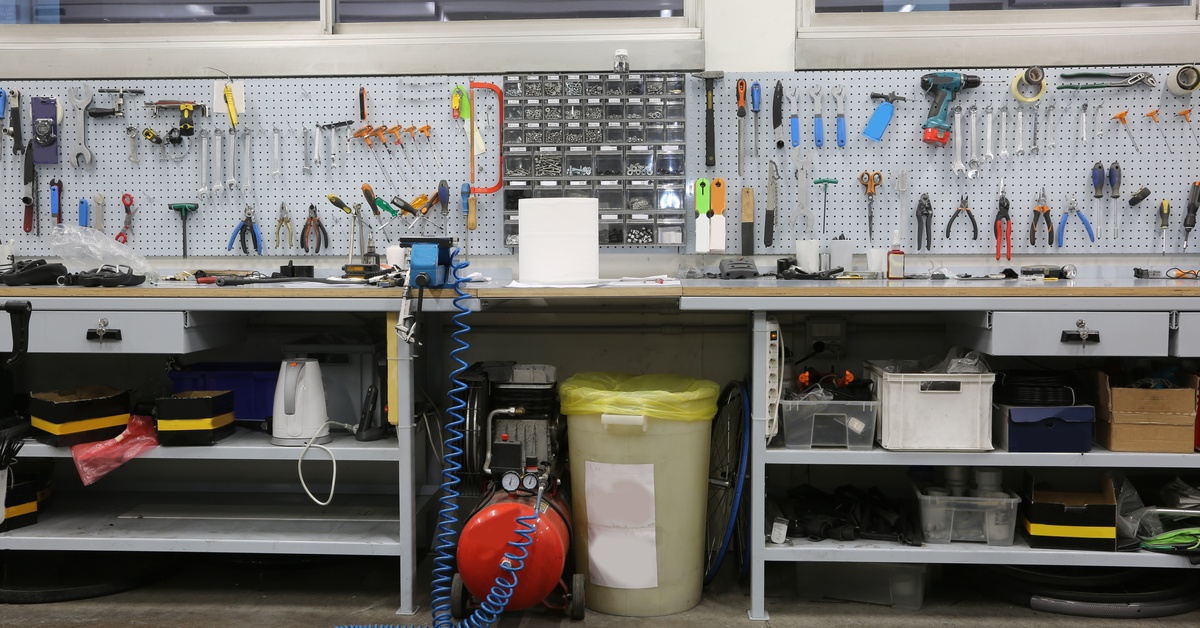
Manufacturing facilities face mounting pressure to optimize productivity while maintaining worker safety and retention. One factor sometimes overlooked in operational planning is ergonomics—the science of designing workspaces to fit human capabilities and limitations. Poor ergonomic design not only harms workers but also directly impacts your bottom line through increased injury rates, reduced efficiency, and higher turnover costs.
Ergonomic principles applied correctly in manufacturing environments create measurable improvements in both worker well-being and operational performance. Understanding the importance of ergonomics in manufacturing facilities can transform your facility from a reactive cost center to a proactive profit driver.
Most businesses don’t focus much of their attention on how their workspaces are designed compared to how efficiently people work, but the two are closely intertwined. Poor ergonomics can have a significant impact on various parts of the facility.
Musculoskeletal disorders represent the most significant ergonomic-related cost in manufacturing. These injuries, affecting muscles, tendons, ligaments, and joints, typically develop over time through repetitive motions, awkward postures, and excessive force requirements.
The financial impact extends beyond immediate medical costs. Injured workers may require replacement staffing, often at premium rates. New employees can disrupt the production schedules by accident while learning complex processes, and quality control suffers during transition periods as inexperienced workers adapt to demanding manufacturing standards.
Workers operating in poorly designed environments experience fatigue earlier in their shifts. This fatigue manifests as reduced output rates, increased error frequencies, and longer task completion times. Unlike obvious equipment failures, ergonomic-related productivity losses can go undetected until comprehensive time studies reveal significant efficiency gaps.
Manufacturing processes that require precise hand-eye coordination suffer particularly when workers must maintain uncomfortable postures. Assembly line operations, quality inspection tasks, and packaging procedures can all demonstrate measurable performance degradation under suboptimal ergonomic conditions.
Effective ergonomic designs prioritize principles that focus on worker comfort, safety, and efficiency. With these principles in place, a manufacturing facility can optimize its workstation layouts, tool design, and workflows. Understanding and implementing these core principles not only fosters a safer working environment but also drives operational excellence and long-term workforce sustainability.

Optimal workplace design ensures that workers’ bodies are in neutral positions, minimizing stress on joints and muscles. This principle applies to standing, sitting, and transitional work postures throughout manufacturing processes.
Workstation heights should allow elbows to remain at approximately 90-degree angles during primary tasks. Material handling areas require positioning that keeps loads close to workers’ bodies, reducing back stress and improving control. Tool placement must eliminate excessive reaching or twisting motions that compromise stability and accuracy.
Many manufacturing tasks require significant physical force, but ergonomic design can minimize these demands without compromising output quality. Power tools reduce manual force requirements while improving consistency. Properly designed handles and grips distribute force across larger muscle groups rather than concentrating stress on small joints.
Mechanical assists, including pneumatic lifts, conveyor systems, and adjustable fixtures, eliminate peak force requirements that contribute to acute injuries and chronic wear patterns. These systems often provide secondary benefits through improved positioning accuracy and reduced cycle times.
High-frequency repetitive motions characterize many manufacturing operations, making motion management a critical ergonomic consideration. Job rotation schedules can distribute repetitive stress across different muscle groups while maintaining production continuity.
Task redesign opportunities may consolidate multiple small motions into fewer, more efficient movements. And automation integration can eliminate the most problematic repetitive elements while preserving skilled worker involvement in complex decision-making processes.
Implementing ergonomic strategies requires a systematic approach. The following implementation strategies outline actionable steps to achieve sustainable ergonomic improvements.
Effective ergonomic improvements begin with comprehensive workplace assessments that identify specific risk factors and quantify their impact on the workforce. Professional ergonomic evaluations utilize standardized assessment tools to measure force requirements, posture demands, and repetition frequencies across different manufacturing tasks.
These assessments should document both obvious problem areas and subtle risk factors that may not generate immediate complaints. Video analysis can capture movement patterns that reveal inefficiencies and stress concentrations not apparent during casual observation.
Workers possess detailed knowledge about their daily tasks that external assessments may miss. Structured feedback collection, whether through surveys, focus groups, or direct observation sessions, provides insights into practical challenges and potential solutions.
Employee involvement in ergonomic improvement processes increases buy-in for implemented changes and helps identify low-cost modifications that deliver significant benefits. Workers can suggest creative solutions that combine operational knowledge with ergonomic principles in ways that formal assessments might overlook.

Large-scale ergonomic improvements require systematic implementation that minimizes operational disruption while demonstrating measurable progress. Priority ranking based on injury risk, affected worker populations, and implementation costs enables the effective allocation of resources.
Pilot programs in representative work areas enable the testing and refinement of proposed changes before their deployment across the entire facility. These pilots provide concrete data on implementation challenges, worker acceptance, and measurable outcomes that support broader investment decisions.
Evaluating the success of an ergonomic program is critical to ensuring its effectiveness and sustainability. By establishing clear metrics and methodologies for measurement, organizations can assess the impact of ergonomic initiatives on worker health, productivity, and overall operational efficiency.
Comprehensive injury tracking systems monitor both the frequency and severity of ergonomic-related incidents. Leading indicators, such as near-miss reports and discomfort surveys, provide early warning signals that enable proactive interventions.
Trend analysis reveals whether implemented changes deliver sustained improvements or require additional modifications. Comparing injury rates across different work areas helps identify successful approaches that your team can replicate throughout the facility.
Quantifiable productivity measurements demonstrate the business value of ergonomic investments. Cycle time reductions, quality improvement rates, and throughput increases provide concrete evidence of program effectiveness.
Worker efficiency metrics should account for both individual performance improvements and reduced variability across the workforce. Consistent performance levels indicate that ergonomic improvements have reduced fatigue-related productivity fluctuations.
Worker satisfaction surveys and retention rates reflect the broader impact of ergonomic improvements on facility culture and competitiveness. Reduced turnover rates indicate improved job satisfaction and lower recruitment costs.
Exit interview data can help identify whether ergonomic factors contribute to voluntary departures, providing insight into areas that require additional attention or different improvement approaches.
Sustainable ergonomic programs in manufacturing facilities require ongoing commitment to continuous improvement rather than one-time implementation efforts. Regular reassessment schedules ensure that workplace changes, new processes, and evolving workforce demographics receive appropriate ergonomic consideration.
Manufacturing facilities that prioritize ergonomics can utilize various equipment, such as the T-slot aluminum desk, to create the best workspace for employees. With A-Line Automation, you can find desks that are adjustable and offer individual tool positioning, which works well with ever-changing ergonomics programs. Contact us today to learn more about our industrial workstations and how they can be integrated into your facility.